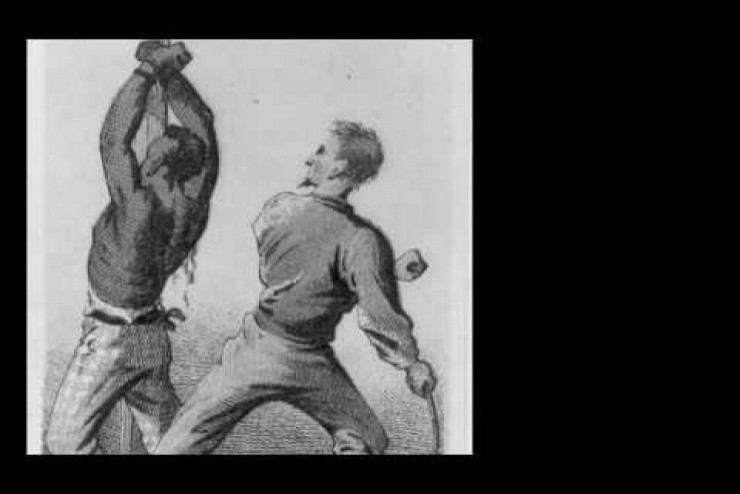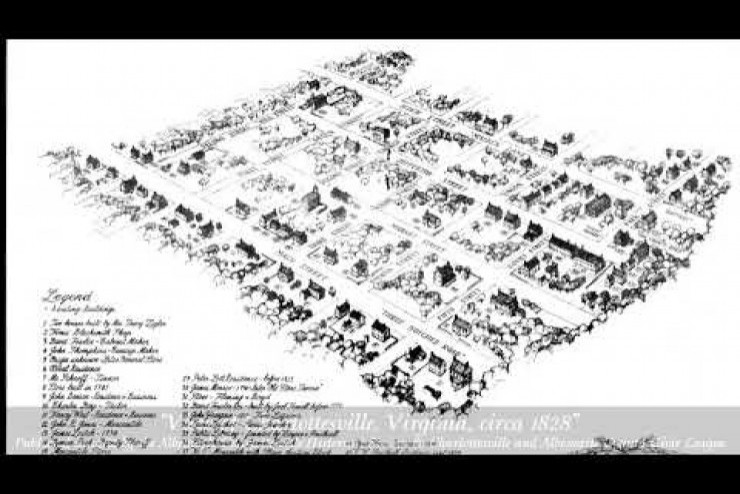Thomas Jefferson and Slavery
Explore Jefferson's role as a slave owner and the realities of slavery that made the United States.

Explore Jefferson's role as a slave owner and the realities of slavery that made the United States.

Learn more about some of the people who lived and worked at Monticello.

Monticello was a 5,000-acre working plantation where over 400 enslaved individuals lived and worked during Jefferson's lifetime.


Our mobile guide now works in your browsers, phone or desktop! Explore before, during and after your visit.

Daughter, mother, sister, aunt. Concubine. Negotiator. Liberator. Mystery.

Following Jefferson's death in 1826, 130 enslaved individuals were offered for sale at Monticello to help settle his enormous debts.

French-trained Chef. International Traveler. Negotiator. Teacher. Freed Man.

Hear the stories of the descendants of Monticello's plantation community and trace their families from slavery to the present day.

"Some visitors think we're trying to knock Jefferson off his pedestal" - A Guide's Perspective

Overseers and Violence

"The whole machine would move in exact equilibria" - Jefferson Seeks to Perfect the Wheat Harvest

An Enslaved Mother Leaves Monticello

A Fight in Monticello's Nailery

Mary Hemings Bell, an enslaved "common-law wife"

Ursula Granger, an Enslaved Cook Prepares Food on the Hearth

James Hemings, an Enslaved Chef Creating French Cuisine

Picturing Mulberry Row - Understanding slavery at Monticello through this critical component of the greater plantation.

The Life of Nancy Hemings - a Monticello Weaver

A look at the Getting Word African American Oral History Project, a decades-long initiative to collect and share the stories of Monticello’s enslaved community and their descendants.

Veteran first-person Thomas Jefferson interpreter discusses the challenges of talking about slavery “in character,” how the interpretation of slavery and race has changed during his long career, and how current events impact his work. June 16, 2020

Monticello LIVE with with Niya Bates, Gayle Jessup White, and Brandon Dillard, June 17, 2020
ADDRESS:
1050 Monticello Loop
Charlottesville, VA 22902
GENERAL INFORMATION:
(434) 984-9800